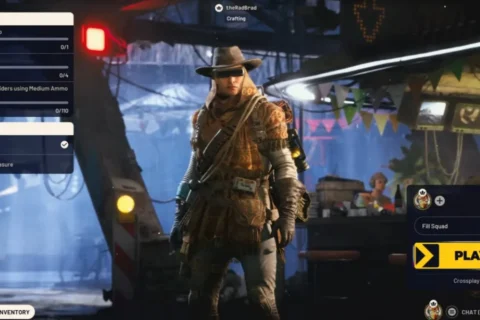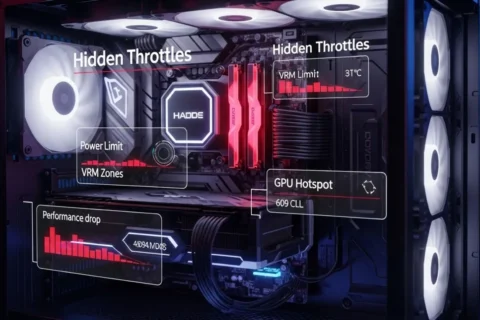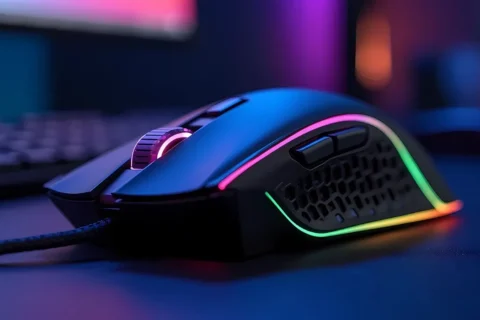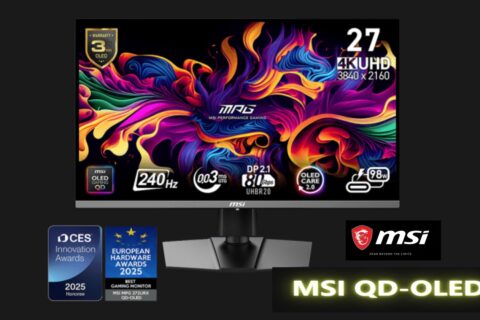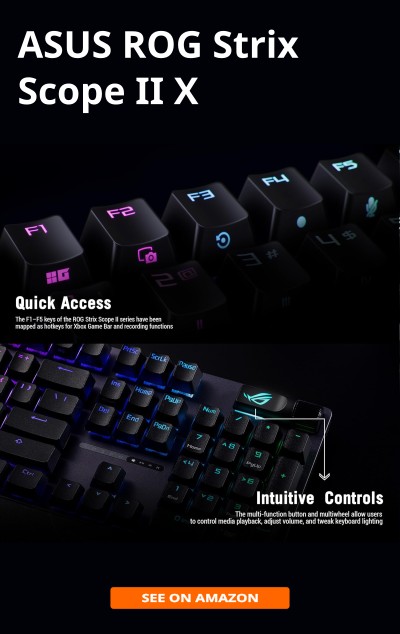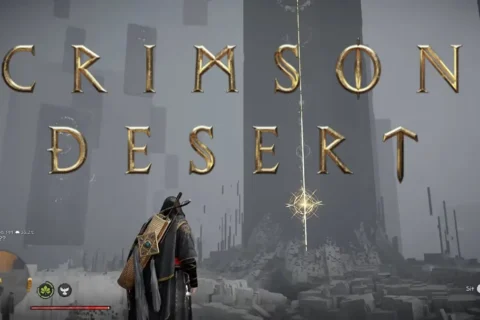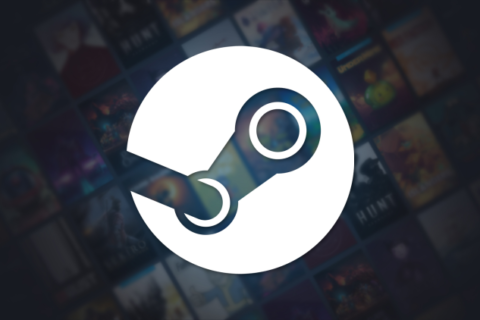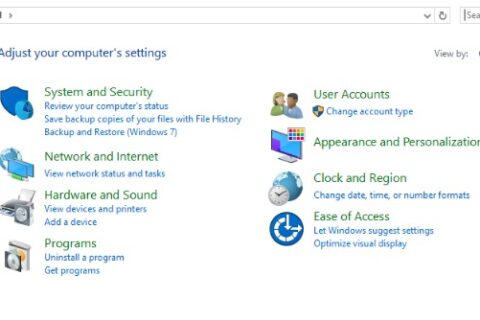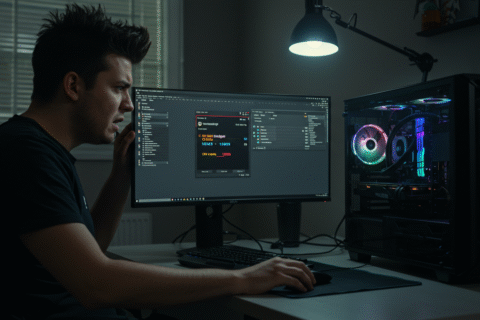Updated October 22 / 2025: This article now covers the latest Riftbreaker 2.0 QoL improvements and community feedback from the newest patches.
Riftbreaker 2.0 didn’t just add co-op and call it a day, it quietly rewired the game’s guts. The 2.0 QoL improvements fixed the little headaches that used to make people mash alt+F4. Here are eight small but smart changes that make Riftbreaker feel smoother, faster, and way more playable. They aren’t flashy new biomes or mega boss reveals, they’re the fixes you notice at 2AM when you realize you haven’t sworn at your monitor once. It’s the kind of polish that turns late-game runs from punishment into pure power fantasy. About time this game started treating its players right.
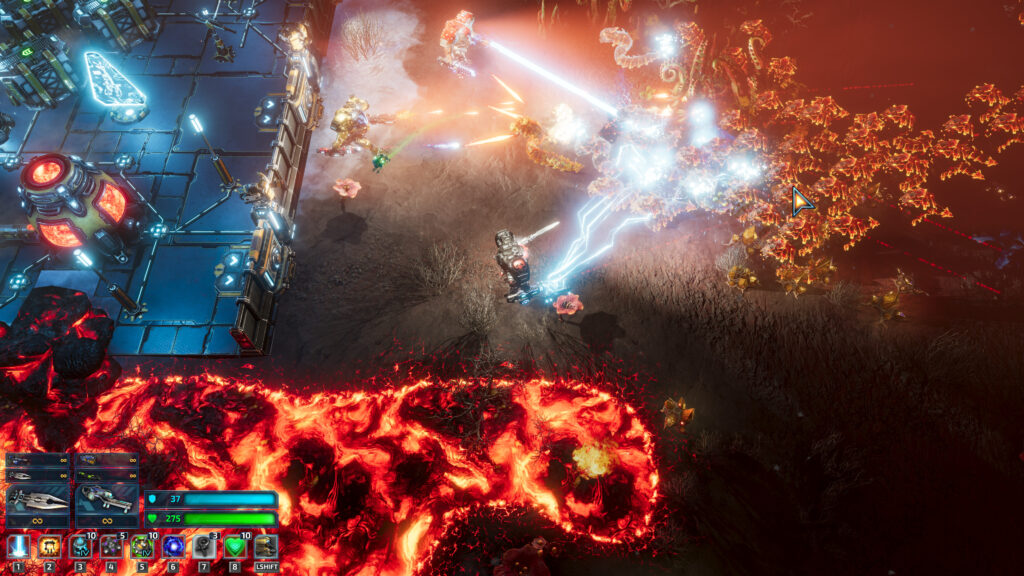
1) A Research Search Bar that actually saves your sanity
Stop scrolling through a wall of icons. The research search bar lets you jump straight to what you need, then queue it without fuss. Pair it with the reworked research costs and you spend less time clicking and more time blasting. This is the kind of thing the official 2.0 update notes buried under all the co-op hype. It’s not sexy, but it saves you hours of wasted clicks. And really, when was the last time a search bar felt like a game-changer?
2) Mass disassembly for loot, mods, and upgrades
Your storage shouldn’t feel like a part-time job. Now you can scrap piles of junk in one go, turn clutter into resources, and get back to building. It’s a small thing, but just like in our earlier gameplay breakdown, these “boring” fixes are what keep you playing. No more drowning in menus just to free up a slot. No more wondering why you’re hoarding ten copies of a useless mod. It finally feels like you’re managing a mech army, not doing spring cleaning.
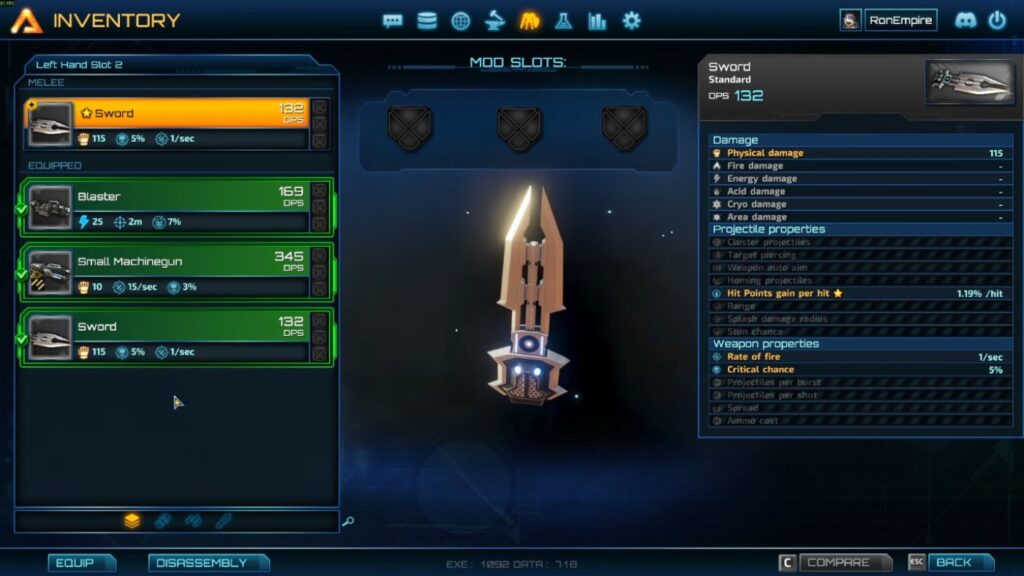
3) Weapon system rework that opens real builds
More weapons are viable now. Damage curves, utility tweaks, and mod pass make early game less rough and late game less samey. You can experiment without feeling punished. The days of sticking to one or two “safe” options are mostly gone, flamethrowers, snipers, and energy builds all have room to shine. Even crowd control setups feel less like a meme and more like an actual strategy. It’s a good time to check your rig too, if you’re rocking a newer card like the RTX 5080, Riftbreaker 2.0 feels smooth even with ridiculous particle spam.
4) Loot system that rewards playing, not spreadsheets
Gear now drops from enemies, caches, and anomalies. Some finds can leapfrog your current research, so exploration actually matters. Disassemble the duds, equip the bangers, move on. It means every fight, every detour, and every weird anomaly has the potential to actually reward you instead of just filling storage. Suddenly exploring isn’t a chore, it’s part of the progression loop. This change puts Riftbreaker in line with other loot-heavy games we’ve covered, like the best RPGs list, where rewards drive replayability.

5) Big base performance that doesn’t nosedive
Large bases and mega swarms run smoother. You still need good hardware, but the engine work means fewer dips when everything on screen wants you dead. Late-game used to feel like a punishment for daring to expand, now it’s actually playable. Your turrets fire when you want, enemies swarm without tanking your framerate, and explosions look like explosions, not slideshows. If you’re shopping for a new rig, our Future-Proof PC Build 2025 guide shows what kind of setup handles late-game Riftbreaker without tanking FPS.
6) Randomized Mission Generator cuts the grind
Finish a biome’s main missions, then spin up fresh maps with unique tiles and events. It’s a clean way to farm resources or break routine without rerolling a save. The variation keeps you from feeling like you’re replaying the same scenario on loop. Some runs are resource-rich, others throw curveballs that push your build to the edge. Think of it as Riftbreaker learning from the replayability lessons of indie games gaining momentum in 2025 — more variety, less rinse and repeat.

7) Co-op QoL: quick teleports and revives
Teleport to teammates, pick up a fallen mech, get a short invuln and damage buff, then keep pushing. It keeps runs moving instead of turning wipes into reload screens. The revive system alone makes co-op feel ten times smoother — no one wants to watch their buddy crawl back from base after a wipe. It finally feels like a proper co-op mode, not just two players doing single-player stuff in the same lobby. For anyone who dropped the game early, this is co-op finally feeling like less of a gimmick and more of a system worth using.
8) Easier lobbies and hosting
Server Browser to find games fast. Dedicated Server option for cleaner hosting. Join via link or IP if you want zero fuss. Multiplayer that just works shouldn’t feel revolutionary, but here we are. Less time fiddling in menus means more time building walls, turrets, and death traps. It’s the kind of polish you expect on big releases, and seeing it here is a relief. Finally, getting into a game is as easy as actually playing it.
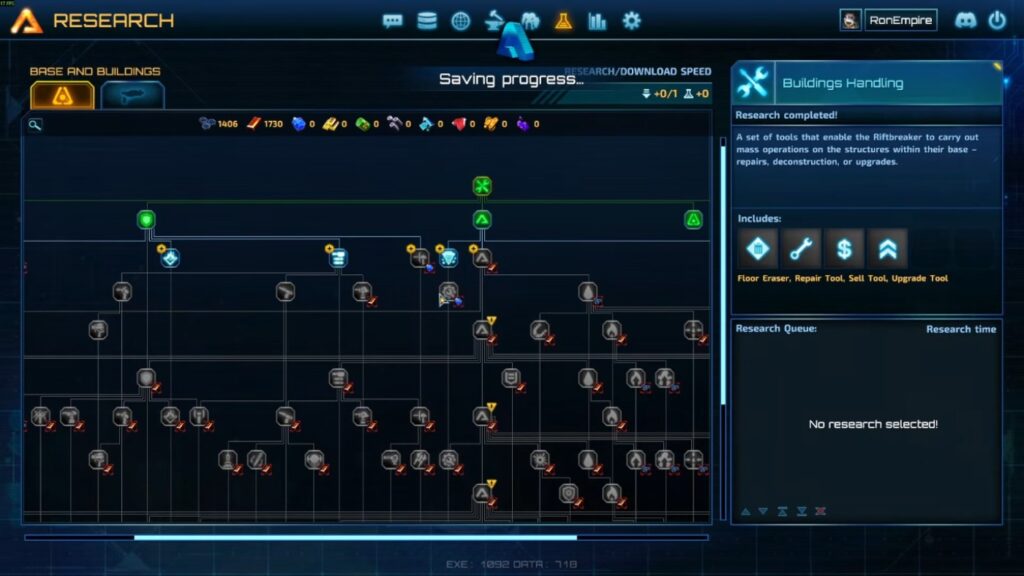
So, should you come back?
Yes. These Riftbreaker 2.0 QoL improvements smooth out the exact pain points that pushed people away. If you bounced off the tech tree, hated inventory busywork, or watched your FPS die in late game, this is the patch that fixes it. Between co-op, smoother performance, and smarter systems, Riftbreaker’s finally catching up to the promise it had at launch. Grab it on Steam, or check the coverage from PCGamesN if you need more proof.
If you’re into games that thrive on polish and replayability, also see our Best Indie RPGs roundup or the Budget Gaming PC Guide to make sure your rig keeps up. And if you want to see how Riftbreaker compares to other titles pushing updates, our gameplay changes breakdown is the perfect next stop.


